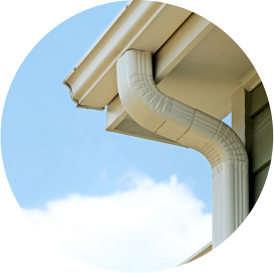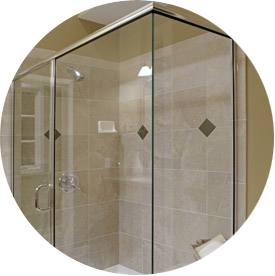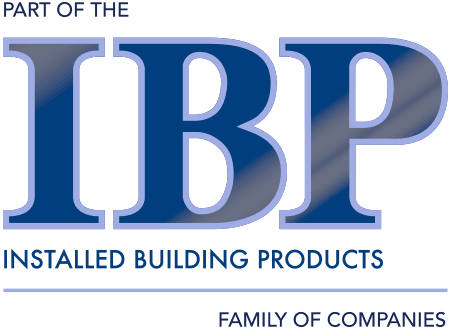Relaxing by the pool, grilling in the backyard and enjoying fun weekend trips are what we all love about summertime. But another important part of summer is staying cool and comfortable inside your home. Staying on top of HVAC maintenance is one of the best things you can do, but did you know insulation can also affect your indoor comfort?
That’s right! Making sure your insulation is in top shape can help you live comfortably and save money not just during the summer but all year round. What does “top shape” mean? Your insulation needs to be in good condition to effectively perform. This means it can’t be wet or otherwise ruined. But how does insulation get wet, and what can you do if you find that yours is? Keep reading to learn more.
Causes of Wet Insulation
Although we aren’t Washington or Florida, the southeastern Virginia area sees its fair share of rain! Unfortunately, moisture and insulation don’t mix. How does insulation even get wet in the first place? There are several different ways, including:
- Leaks from the roof and/or plumbing pipes
- Ground moisture (basement and crawl space insulation)
- Air infiltration from windows, doors, gaps in siding, etc.
- Mold (spores can enter through air infiltration)
- Snow (it can be blown into the attic through a vent)
What Should I Do with Wet Insulation?
Should wet insulation be replaced? Is wet insulation completely ruined? These are questions many homeowners have. Enough moisture can ruin insulation materials; wet insulation should be removed and replaced. If your insulation is merely a little damp, removal may not be worth it. It’s best to have a professional take a look. There are times when new insulation can be added over old layers, but moldy, wet or otherwise damaged insulation should be removed.
Contact Tidewater Insulators to learn more or to schedule insulation removal and replacement for your home!





